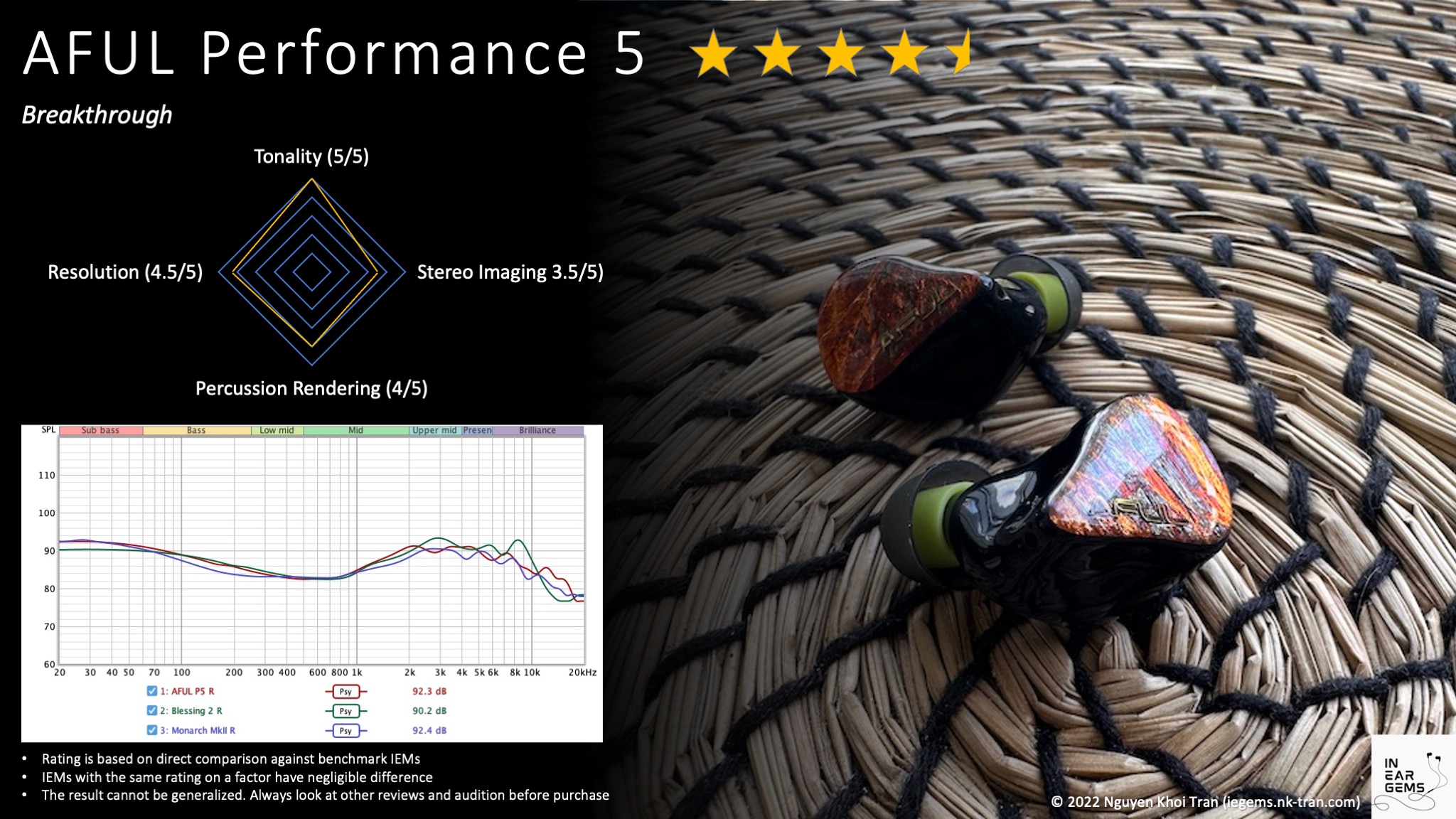AFUL Performance 5 - Breakthrough
We, audio geeks, like to think that we are immune to superficial characteristics such as appearance when it comes to audio products. Yet, sometimes, appearance is all we have in the current IEM market, where new products pop up everywhere, like mushrooms.
The appearance was the initial spark of my interest in AFUL Performance 5 (P5). Not only it looks great, its shells greatly resemble another iconic IEM with TOTL performance. When more information arose about all the patents underlying these IEMs, I knew I wanted to get my mitts on a pair.
So, what is it, then? A legitimate disruptor or a pretender to the throne? Let’s discuss P5.

Forewords
- I purchase this unit at a discount from Hifigo, following a reference from AFUL. I have no affiliation with or financial interest in Hifigo and AFUL. The product retails (exclusively?) at HiFiGo for USD 220 (around AUD 330 when I purchased)
- You should treat this review as subjective impressions of an audio geek rather than an “objective truth” about the IEM. Your experience with any IEM would change depending on your DAC/AMP, music library, ear tips, and listening volume.
- I believe that great IEMs are the ones that can achieve multiple difficult things simultaneously: (1) high resolution (elements of a mix are crisp, easy to follow and full of texture), (2) 3D soundstage with a strong sense of layering and depth, (3) bold and natural bass, (4) natural timbre and balanced tonality that can work with any genre of music.
- I rate IEMs on the scale from 1 (poor) to 5 (outstanding). The scale centres around 3, indicating “average”, “adequate”, or “acceptable” performance. Scores are assigned by A/B tests against benchmark IEMs that represent how each score band sounds.
- Ranking list and measurement database are on my IEM review blog.
Specs
- Driver: 1DD + 4BA
- Connector Type: Flushed 2-pin
- Impedance: 35ohm
- Sensitivity: 110db@1kHz
Non-sound Aspects
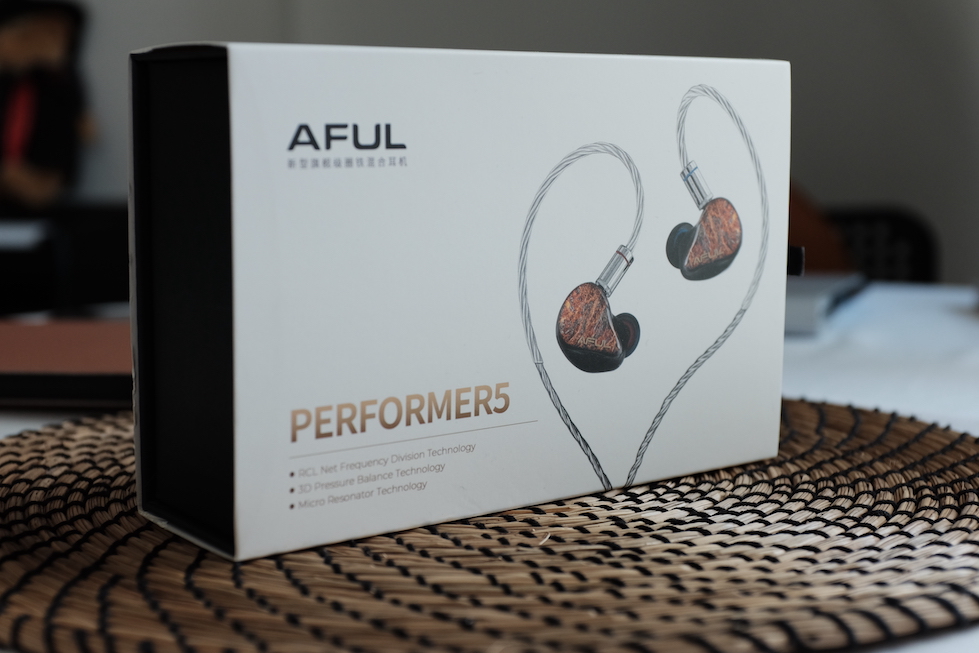

AFUL Performance 5 comes in a nice cardboard box with a clean and professional presentation. No whimsical Campfire Audio “candy box” presentation, “waifu”, or Fiio-like sci-fi. My first impression was positive.
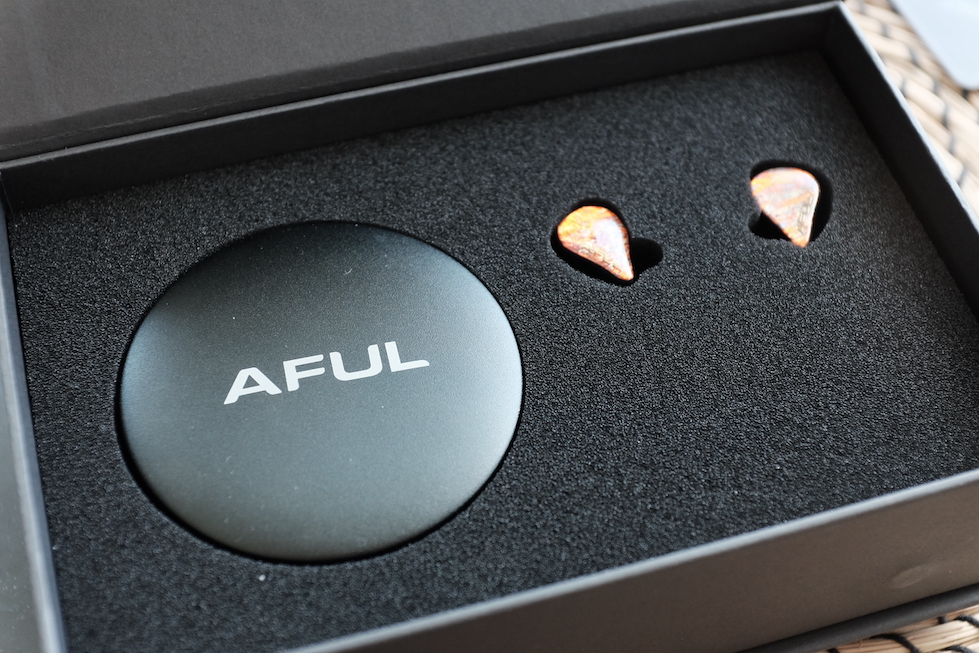
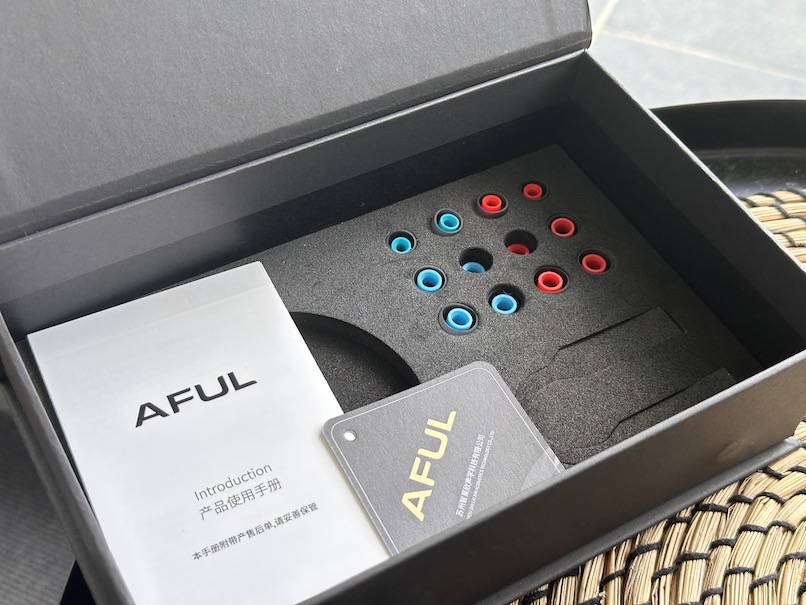
Inside the box, you will find two layers of custom foams. The upper layer contains the earpieces and the carrying case with the cable coiled up neatly inside. The lower layer includes documentation and ear tips. It appears that some products from AFUL might also come with a dongle of some kind, though nothing was included with my unit.

Let’s talk accessories.
Firstly, the cable is really nice. It strongly resembles the one that comes with Dunu SA6: thick, shiny chrome plugs and black and white cores. No interchangeable plug system was provided, unfortunately. Upon closer inspection, I think the cable (not the hardware) looks like a 4 core black-and-white cable from XINHS.
The case of P5 is quite interesting. Firstly, it’s cylindrical. Secondly, it does not open randomly, yet not difficult for you to open it when you need to. Thirdly, it has a fabric layer to protect your IEM from scratching. Finally, it feels like cold metal when you touch it, yet it sounds like plastic when you tap it with your finger. I like this case.
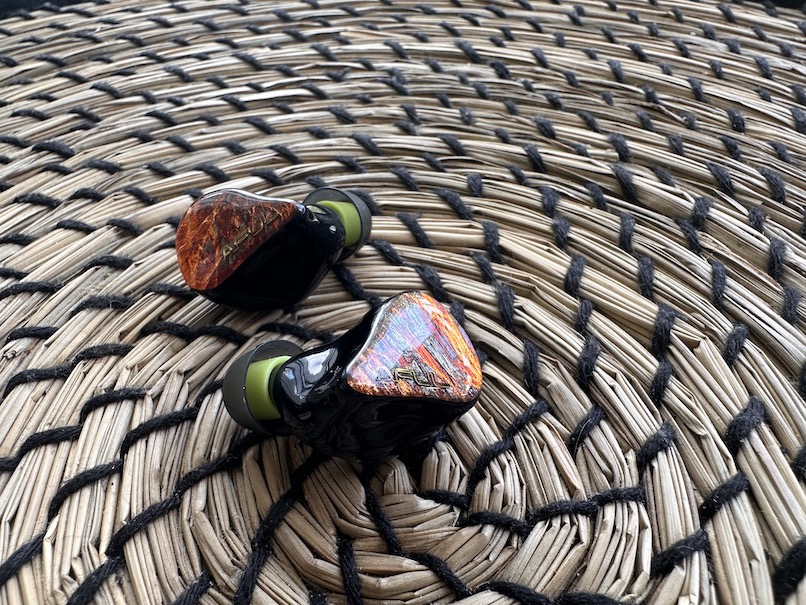


Let’s focus on the show’s stars, the earpieces themselves. Yes, the face plates look nearly identical to Monarch MkII, even down to the placement of the logo text. What most photos cannot convey is the 3D illusion of these shelves. To me, they are just mesmerising to look at.
The rest of the earpieces is 3D printed in black resin, again similar to Monarch MkII. However, there are three main differences. Firstly, the letters (PERFORMERS) are printed on rather than engraved. Secondly, P5 has distinct “fins” to lock into your ears, resembling the Thieaudio V16 rather than Monarch MkII. Thirdly, the gloss coating on the black resin of P5 is not as good as Monarch II. Before taking photos, I had to wipe down both earpieces to restore their glossiness. Meanwhile, Monarch II remains shiny even after all the handling and listening.
All this talk about Monarch raises an obvious question: are P5 huge like the Thieaudio IEM? Nope. These are smaller than both Monarch II and Blessing 2. In fact, when I saw P5 for the first time in real life, I was reminded of the Dunu SA6 more than the Monarch II.
Before we move on, let’s talk about source pairing. P5 is moderately picky. The good news is that it does not hiss with most devices in my collection, from the humble Nintendo Switch to my desktop setup (Fiio K7). It does not get too loud quickly, like Andromeda 2020. However, P5’s soundstage imaging can change noticeably between DAC and amp setups. So, depending on what you use, you might find P5’s soundstage flat and unremarkable.
How it sounds
Sources for listening tests:
- Fiio K7 (for all A/B tests)
- Shanling M6 Ultra
- Hidizs S9 Pro
Local FLAC files ripped from CDs or bought from Qobuz were used for most casual listening and A/B tests. However, I don’t shy away from MP3 and YouTube either.
My playlist for A/B tests can be found on Apple Music here.
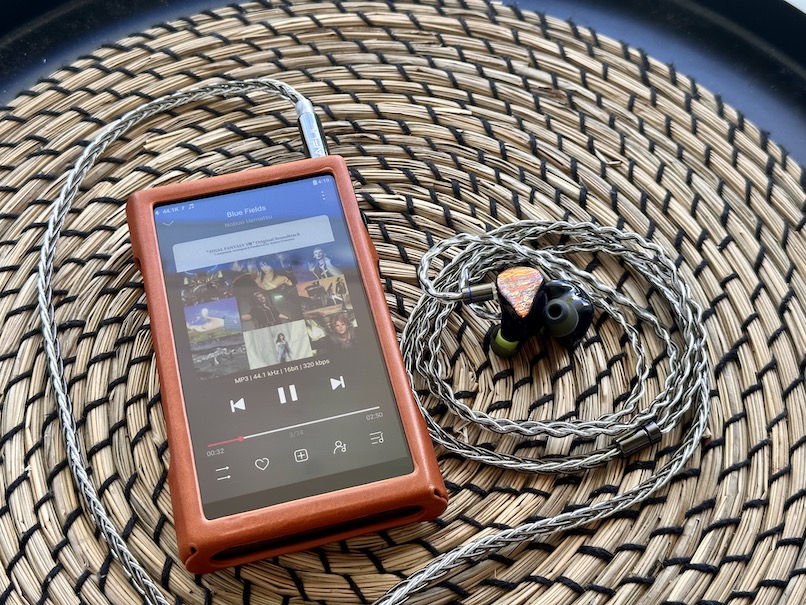
Tonality and Timbre: 5/5 - Excellent
Frequency response of P5 against the Monarch Mk.II and Blessing 2, aligned at 500Hz. Measurements were done with an IEC-711-compliant coupler and might only be compared with other measurements from this same coupler. Visit my graph database for more comparisons.
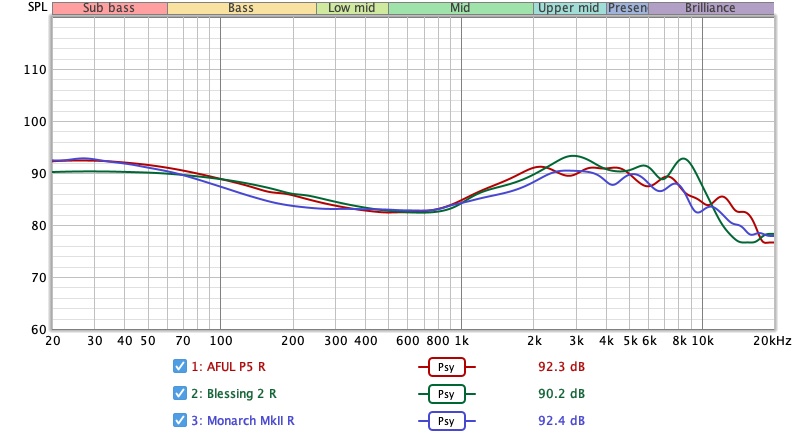
Tonality or “tuning” is where objectivity and subjectivity meet. Objectivity exists in the squiggly lines above, called Frequency Response (FR) graphs. They are created by sweeping a signal from 20Hz to 20kHz and measuring the corresponding loudness coming from an IEM. Unless a human operator deliberately tampers with the microphone or the data, FR does not care about the price or prestige of an IEM and, therefore, is “objective.”
However, human listeners are not microphones. Our ears and brain interpret the sound and decide whether it is “enjoyable.” It is also beneficial to remember that when you play a note on a musical instrument, multiple sounds (fundamental and harmonic) appear simultaneously and mix together. Achieving a life-like balance between frequencies and adding a tasteful amount of imbalance (“colouring the sound”) is the hallmark of an excellent tonality.
P5 is an accomplished IEM when it comes to tonality. The overall shape of the frequency response shows a nice bass shelf, proper ear-gain boost, nice treble extension, and no alarming peaks or dips. This frequency response translates to a natural listening experience: bass and drums are present, cymbals and hi-hats are easy to follow but not harsh, and vocals and instruments are devoid of strangeness or uncanny feeling. P5 plays well with simple acoustic arrangements (Rasputin cover by Aurora) a full band (e.g., Ed Sheeran’s home concert), and a full orchestra with a choir (e.g., One-winged Angel).
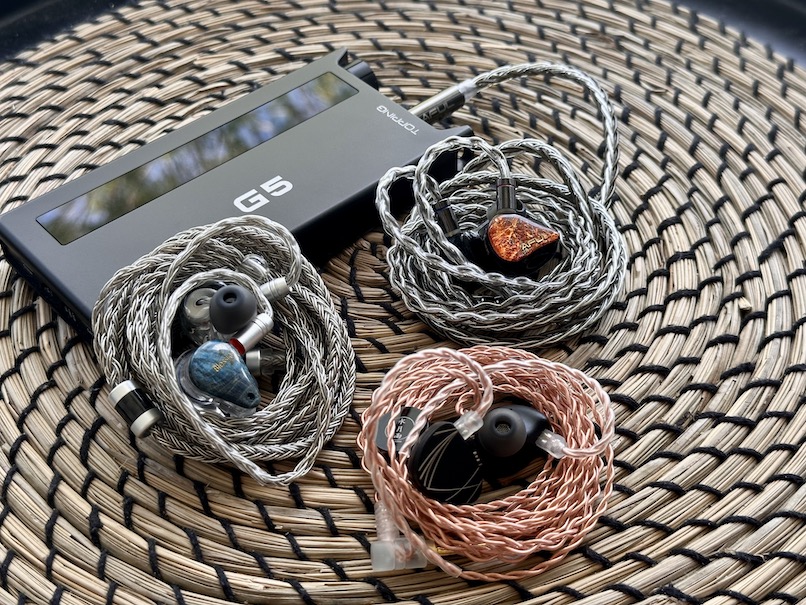
The amount of bass of P5 is perfectly balanced against the midrange (20Hz and 2kHz are roughly at the same level). It means that bass guitars and kick drums will be as audible and emphasised as the leading singers, rather than fading to the background like some “neutral” IEMs, such as Blessing 2. Vocals and instruments also feel a touch warmer with P5.
For instance, with the song Make It Rain, when I adjust the volume so that Ed Sheeran’s voice is at the same level on both P5 and Blessing 2, I can hear more bass guitar and drums with P5. Ed Sheeran’s voice is also thicker and less emphasised with P5 than Blessing 2. So, which one is better? It’s up to you and your taste. I want to hear the whole band together, so I prefer P5.
The bass shelf of P5 extends deep into the sub-bass. It smoothly merges into the midrange at around 400Hz rather than dropping off before the midrange like the Monarch MkII. It means you can hear some “boom boom” in your music, and a slight warmth is added to most vocals and instruments. You wouldn’t find the bass detached from the rest of the music like with Monarch MkII or some true Harman-tuned IEMs. Again, your preference would dictate whether P5’s bass is natural or “bleeding”.

Let’s talk about the ear-gain. If you are unfamiliar with the concept of “ear-gain”, here is a quick rundown: your ears naturally boost the sound around 1kHz and 3kHz to highlight voices and other sounds necessary for survival. Because IEMs bypass your ears and pump sound directly into your ear canals, they must be tuned to boost the ear-gain region to compensate. Failure to do so can make the music feel muddy, “veiled”, or distant. Boosting too much can also lead to all kinds of nastiness. Generally, 8dB to 10dB peaking at 3kHz is a safe choice.
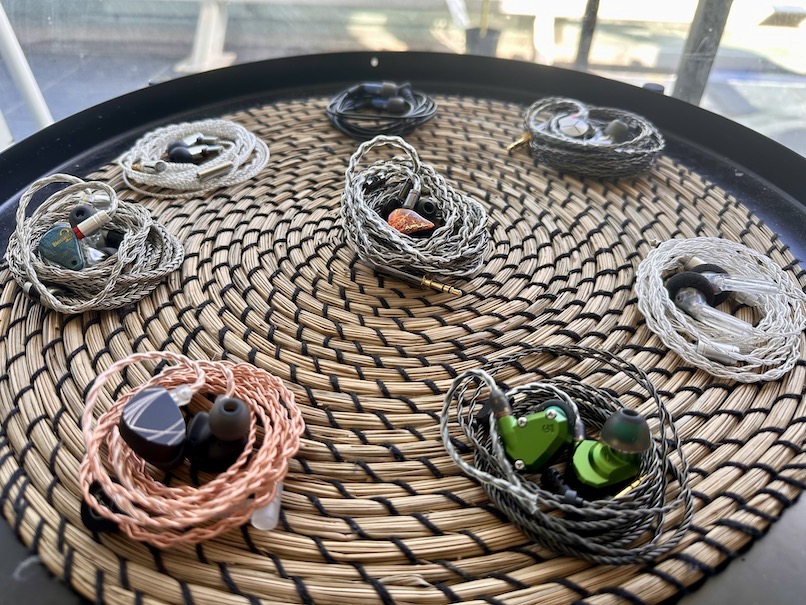
The ear-gain tuning of P5 is very interesting. Usually, IEMs can have a strong peak around 3kHz, which highlights vocal elements and their nuances and is generally detrimental to the rest of the band or orchestra. Alternatively, IEMs can have two peaks around 2kHz and 5kHz with a valley in between. This “cat ears” tuning gives the music a sense of clarity and vibrancy. Still, some nuances and details of vocals, violins, and flutes are slightly masked or “veiled.”
What makes P5 interesting is that it plateaus between 2kHz and 5kHz without any significant peak or dip. This approach is very close to Monarch MkII, and I think it is a clever one to handle ear-gain. You still have clear vocals. You can still hear nuances and details in voices without highlighting them too much. Because the 2kHz and 5kHz are still boosted, you also keep that sense of clarity and vibrancy.
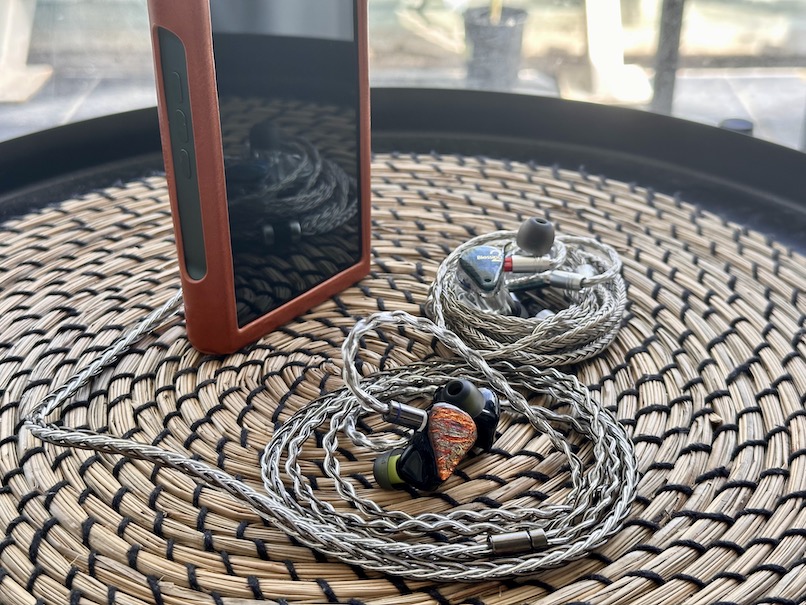
Let’s clarify with the Rasputin cover by AURORA as an example, shall we? With Blessing 2, Aurora and the backing vocals sound fantastic because they are highlighted as if a spotlight has been shone upon them. Sweet, nuanced, romantic, you can use whichever adjective you want. However, the “boundary” between voices and instruments on the soundstage is not very strong. On the other hand, a well-done “cat ears” IEM like Fiio FW5 have tack-sharp separation, but some details in the voice are a bit masked. P5 combines the pros of both IEMs. Vocals are nuanced. The instruments are crisp and separated.

Let’s move up the frequency spectrum, shall we?
Mid-treble (5kHz to around 8kHz) is well done: energetic without unnecessary harshness. For instance, with Eye Of The Tiger, I can easily follow the constant pattern on the cymbals. Each cymbal hit is crisp and sharp and pierces through the mix like a needle without overpowering the rest of the band.
Vocal sibilance is also very controlled, possibly due to the controlled dip around 6kHz. For instance, let’s listen to one of the better ERB. It is full of sibilance-prone sounds, yet I was not bothered by any “sssss” or “shhhh” sound. At the same time, those edgy sounds are still there, giving the music energy.
The upper-treble or air region (above 10kHz), which controls the reproduction of micro details such as reverb, decays, and the overall sense of “space” in the music, is also well done. P5 extends well into 20kHz with a small peak around 15kHz. I don’t hear a sense of “fake” or exaggerated air as with some 64 Audio IEMs, but the treble air is there. For example, with the Flute Partita in A Minor performance by the Netherlands Bach Society, I can easily hear the flute sound bouncing off in the concert hall. Yo-Yo Ma’s performance of Bach’s Cello Suite 1 is another recording that highlights the “air” of P5.
Conclusion? Well done. Correct and polished. 5/5 - Outstanding.
Resolution, Detail, Separation: 4.5/5 - Very Good

Resolution is a fascinating subject due to the difficulty of pinning down what it really is. To me, “resolution” can be separated into “macro” and “micro” levels. The “macro resolution” is synonymous with instrument separation. In general, if note attacks are very crisp and precise, musical instruments in a song would be distinctive even when they overlap on the soundstage. The “micro resolution” dictates how many details you can hear at the note tails. Many IEMs are good at macro- but mediocre at micro-resolution. A few are vice versa.
As I alluded to above, P5 is an accomplished IEM regarding resolution. The micro-resolution, such as the texture and the “breath” in the voice of Aurora in her Rasputin cover, is revealed to a high degree, matching good performers like Blessing 2.
The macro-resolution of P5 actually exceeds Blessing 2 in A/B tests, using the excellent One-winged Angel performance by the Game Music Collective. In particular, the “edge” between instruments is more precise, making it easier to follow individual instruments with P5.
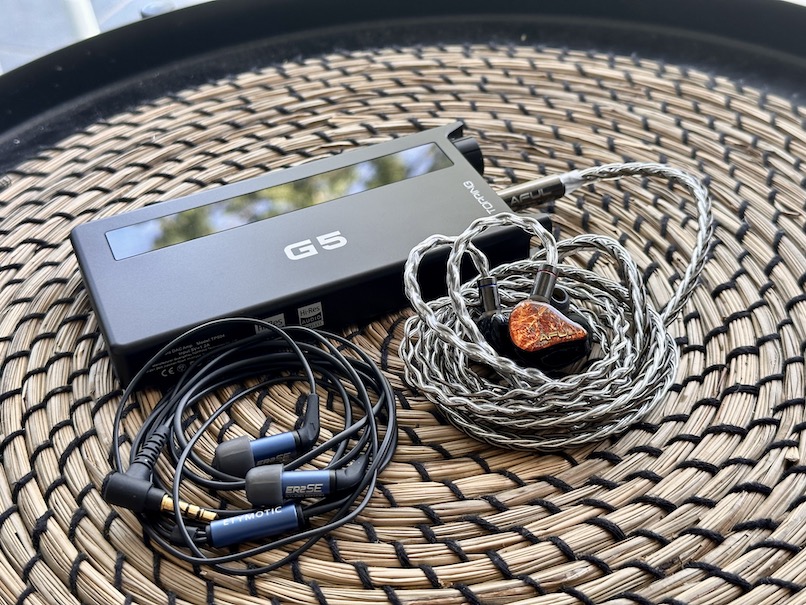
How does P5 compare to a top-shelf IEM, such as the Andromeda 2020? The gap is way smaller than you might expect. If I listen to P5 and Andromeda separately, I would likely say, “what’s the difference”. However, in the A/B tests, I can still find a gap. For instance, I can hear more individual voices in the choir of the one-winged angel performance with the Andromeda, even though the Andromeda is tuned with more “mud” and less clarity than P5. The gap in micro-resolution, such as in the voice of Gotye’s somebody that I used to know, is smaller but is still there.
Conclusion? P5 is a resolving IEM. It is slightly above the “good” level represented by Blessing 2 (4/5). At the same time, it is still a bit behind the top ones in A/B tests. Therefore, I rate P5’s resolution 4.5/5 - Very Good.
Percussion Rendering: 4/5 - Good
Percussion rendering reflects how well the tuning and technical performance of an IEM work together to recreate realistic sound of a drum set. Good drum hits have a crisp attack (controlled by frequencies from 4kHz to 6kHz), full body (midbass frequencies around 200Hz), and physical sensation (sub-bass frequencies around 50Hz). Good technical performance (“fast” driver) ensures that bass notes can be loud yet detailed. IEMs that cannot control bass very well tend to reduce the bass’ loudness to prevent muddiness.
P5’s bass and percussion rendering are good but not unusual or spectacular. Let’s again listen to Eye Of The Tiger. I can hear the entire drum kit easily. Kicks are snappy with a proper sense of rumble rather than hollow “boom boom”. The amount of “boom boom” is not lacking either, so if you don’t like to hear this kind of thumping sound, you might find P5’s bass a bit too much.
The “texture” or details of the bass region is also quite good. For instance, I can hear and distinguish the bass guitar from the kick drums, something that I have a hard time with some IEMs with “textureless bass” like Blessing 2.
I need to emphasise one caveat about P5’s bass response: tips dependence. With the stock tips, I hear a more blunted bass response in line with Blessing 2. Switching to Fiio HS18 tips yields the bass response with the texture and details that I described above.
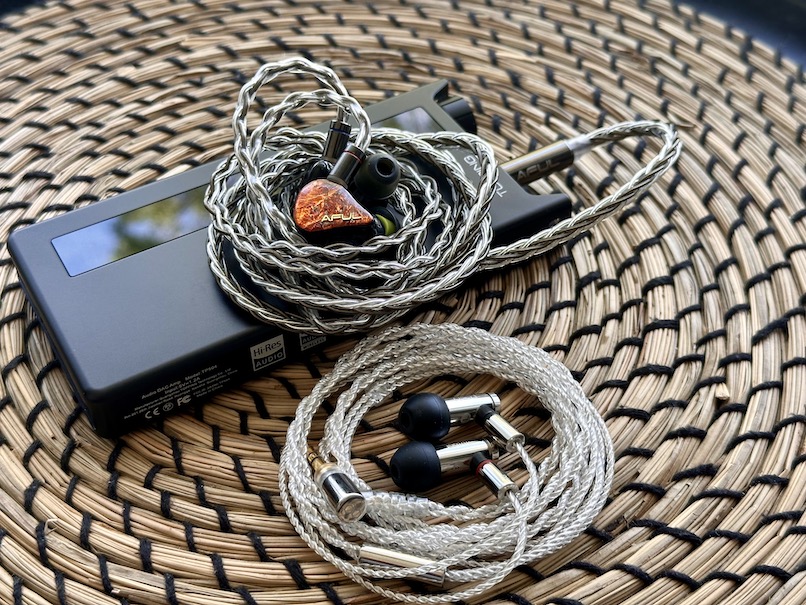
Another caveat of P5’s bass response is that it is not spectacular. For instance, a properly-driven E5000 can shake your head with its bass rumble whilst remaining snappy and clean. P5’s bass, while not subdued, is never that unusual or outstanding.
Conclusion: 4/5 - Good.
Stereo Imaging (Soundstage): 3.5/5 - Above Average

Stereo imaging or “soundstage” is a psychoacoustic illusion that different recording elements appear at various locations inside and around your head. Your brain creates based on the cues in the recording, which are enhanced or diminished by your IEMs, DAC, and amplifier. Some IEMs present a wide but flat soundstage. Some present a “3D” soundstage with layering, depth, and height. In rare cases, with some specific songs, some IEMs can trick you into thinking that the sound comes from the environment (a.k.a., “holographic”)
Soundstage imaging is where P5 stumbles.
Simply put, P5’s soundstage size is, at best, average. Even when instruments are pushed to the far sides of the soundstage, they never seem to come from outside my head. The main vocals and instruments are closed and mostly placed inside my head. In other words, when you listen to P5, you can imagine a ball of sound within your head that rarely extend beyond the boundary.
The saving grace of P5 is how 3D that ball of sound feels. The sound can come from different directions and distances within that small stage. It is generally quite easy to pinpoint where the sound is.

There is one more gotcha with P5 regarding its soundstage imaging: the soundstage size and sense of depth can increase or decrease depending on the DAC and amplifier you use. For instance, when I use P5 with my Hidizs AP80 Pro X, the soundstage is unremarkable and spoils the listening experience. I can hear more depth and layer with my Nintendo Switch, but the soundstage still feels small and closed. With my Topping G5, Shanling M6U, or Fiio K7, the soundstage expands, and the closed-in feeling mostly disappears.
How does P5 compare against an average IEM like Aria? Let’s listen to Vivaldi’s Winter performed by the Voices of Music ensemble. The Aria paints a wide and shallow stereo image, meaning the ensemble does not sound congested. Still, the sense of space and layering of instruments from closer to further away is not there. The stereo image of Aria is also slightly fuzzy.
P5 fixes most of the issues by Aria. The stereo image is sharp. The placement of instruments is identical to the ensemble’s arrangement in the video. For instance, at 6:30, I can hear the soloist in front of the viola. Such accurate imaging creates an additional dimension of information to the music and elevates the listening experience. Of course, you don’t have to listen solely to “high brow” music to benefit from P5’s imaging. Even commercial music sounds better with a good soundstage.
Conclusion? 3.5/5 - Above average, but not a standout feature.
Some Comparisons
In this section, I compare AFUL Performance 5 with Fiio JD7. You can use my ranking list to compare P5 with others. Due to how I rank IEMs, if two IEMs score the same, they perform more or less similarly.

Why JD7?
Firstly, because it is one of my favourites and if we have ever talked, I have likely brought that IEM up. Secondly, they are the same but different.
By “the same”, I talk about the tonality. In general, P5 and JD7 are pretty similar in terms of the tonality of instruments and vocals and the smoothness of the midrange. However, P5’s mid-treble (cymbals, hi-hats, chimes) is louder than JD7’s.
The first difference between P5 and JD7 is macro-resolution or separation. Simply put, P5 is noticeably better. It presents a crisper stereo image, with more space between instruments. When I listen to large orchestral pieces, P5 allows me to peel the layers of music and follow individual instruments more easily than JD7. Complex recordings are where BA-based IEMs like P5 shine.
Where JD7 triumphs over P5 is the soundstage and the “organic” timbre. For instance, the difference is day and night with the famous Chaconne in the Violin Partita No.2 performed by Itzhak Perlman. P5 presents the music as a small blob of sound in the middle of my head, whilst JD7 opens the stage up, creating the illusion that the violin comes from in front of me in a concert hall. The way JD7 presents the violin is also more “organic” somehow, as if the lack of tack-sharp resolution makes the recording more “real.” These instrument solos are where good single DD IEMs like JD7 trounce BA-based IEMs.
So, which one should you choose? It’s hard to say. At the end of the day, it’s about trade-offs. On the one hand, you have the accuracy and separation of a well-done hybrid IEM. On the other hand, you have the cohesion and “organic” sound of an open-back dynamic driver IEM. I decided to keep both in my daily driver setup.
Conclusion
IEMs are getting seriously good, perhaps because many bright people have been serious about these ear toys. AFUL Performance 5 presents a breakthrough, bringing tonality and technical performance from high-end IEMs down to a reasonably-priced bracket. I was impressed by the tuning, resolution, and accuracy of the stereo image. Whilst P5’s soundstage size left me wanting more, and its sensitivity to sources and ear tips creates some reservation in my recommendation, I still believe that P5 and its creator, AFUL, should be on your radar.
Pros:
- Natural and balanced tonality
- Very good resolution
- Clean and textured bass response (with right ear tips)
- Accurate and 3D stereo image.
Cons:
- Average to small soundstage
- The shape of the soundstage is sensitive to the audio source
- Bass response is sensitive to ear tips
